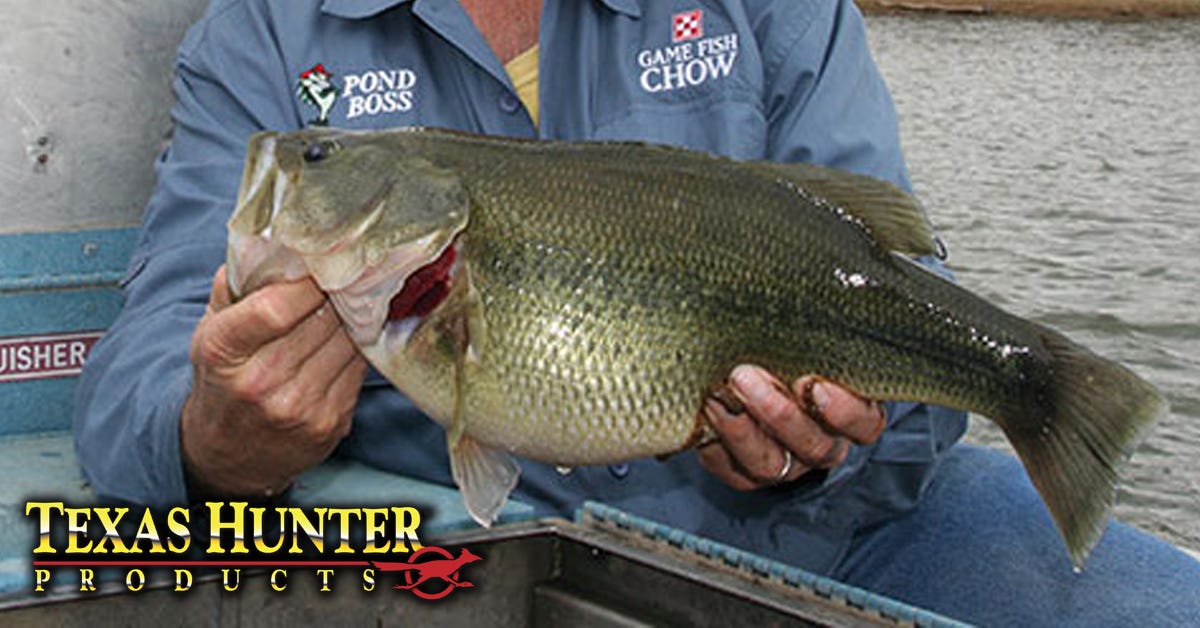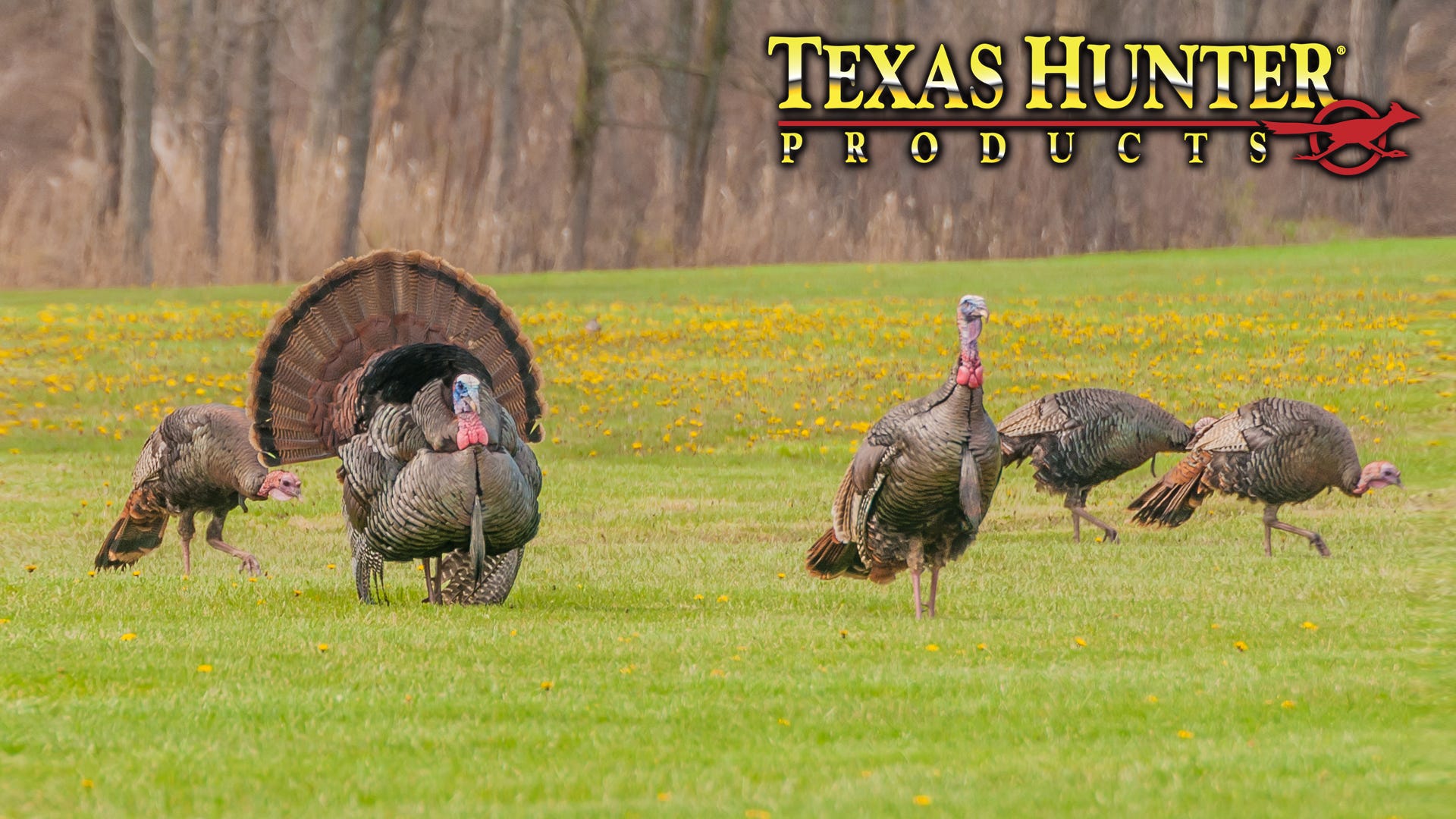- Jun 8, 2015
All About Antlers

Deer Hunters Love Antlers
Let's face it, Deer Hunters love antlers. However this is not a new phenomenon as evidenced by the numerous paintings, etchings, and rituals involving deer in nearly every culture where deer in humans have coexisted. Not only were deer antlers used as weapons, tools, and decorations, they were revered for their fascinating shapes and sizes. This fascination and reverence remain today with few subjects generating more discussion among deer hunters.
All About Antlers
Antlers are wonderfully complex and unique structures. They are among the fastest-growing structures in nature requiring less than six months from start to finish. While antlers are often called horns, the two differ in many ways. Horns are permanent while antlers are shed and re-grown annually. Horns grow from the base, antlers from the tip. Horns are comprised of compressed hair, antlers of true bone. Horns are hollow, antlers are solid. While both serve the same general functions – defense and mate attraction – the two are very different.
A long time ago…
It's interesting to note that the common ancestor to white-tailed deer, mule deer and black tailed deer didn't have antlers at all, but large upper canine teeth. A long time ago, these upper canines were replaced with permanent, antler-like structures that later gave way to the modern "disposable" antlers we know today. Believe it or not, a very small percentage of whitetails today still exhibit this evolutionary "throwback," though their canines are generally very small (less than one half inch). Because of this, most go unnoticed by hunters. So, be sure to check your next deer for these unique treasures of days of long ago.
The Factors behind Antler Size
Antlers vary considerably in size and shape according to age, nutrition, genetics, disease, injury and many other factors. As a result, Deer Hunters and managers commonly analyze and debate ways to maximize antler size in a given area. According to the latest Whitetail science, age still reigns supreme when it comes to large antlers. Regardless of genetics and nutrition, young bucks simply can't grow the amount of "bone" on their heads that older bucks can. And, it's easy to understand why. For young bucks, priority is given to attaining skeletal maturity, which generally occurs at 4 1/2 years of age. Until then, antlers must take a backseat.
When to Harvest
Many factors must be considered when determining the best age at which to harvest bucks in a given area. In some areas, hunting pressure will make it difficult, if not impossible, for bucks to reach 4.5 years of age. In such cases, a more realistic goal may be 3.5 years of age. On the other hand, those blessed with huge properties, low hunting pressure, and hunters willing to pass numerous high quality young bucks may be able to allow bucks to reach full maturity (5.5+ years old) before harvest. The key is balancing your personal objectives with the overall health of the heard and the quality of the hunting experience.



